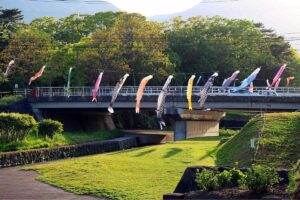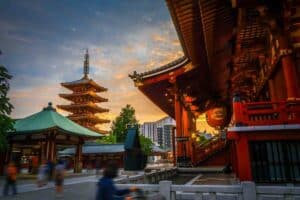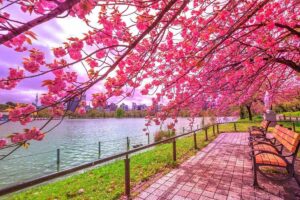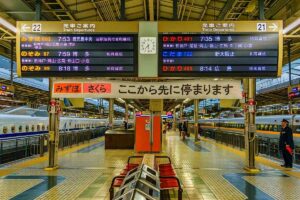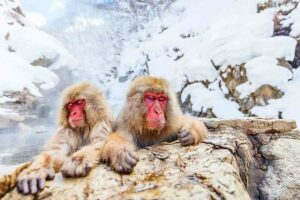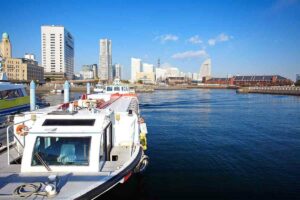As Japan emerges from its COVID-19 isolation, the tourist industry is roaring back into life.
However, the legacy of the Pandemic is likely to be seen in draconian rules like the infamous ‘no-screaming on roller coasters’ rule that was implemented in 2020.
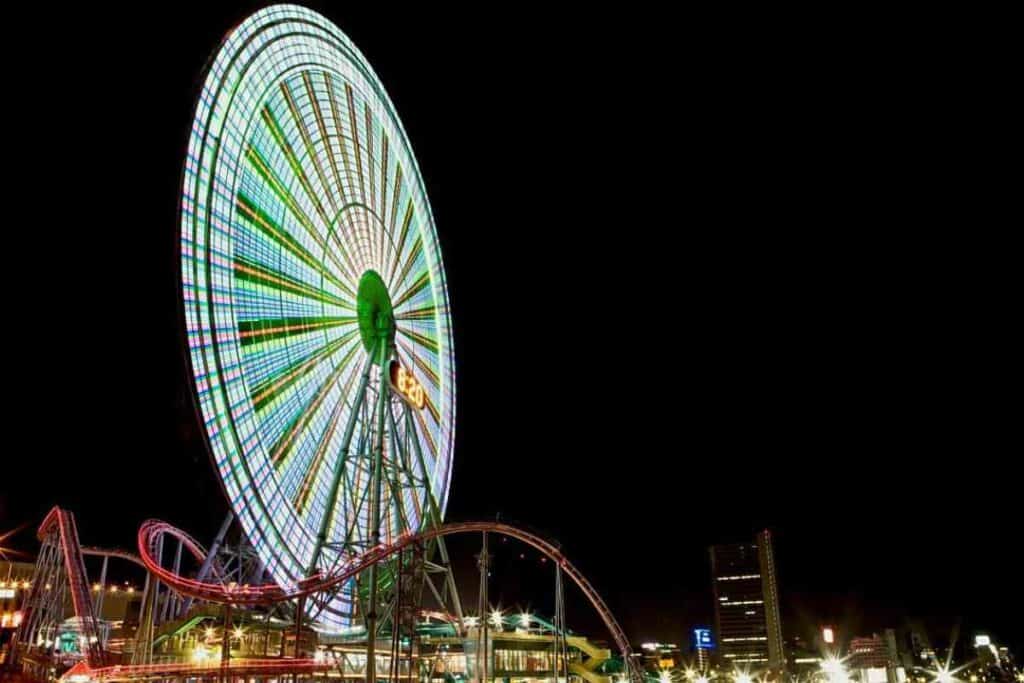
Japanese theme parks have their quirks, but what are the rules you need to know before you visit a theme Park in Japan?
In this article, we share the key rules and guidance for visiting a Japanese theme park.
Table of Contents
General rules at Japanese theme parks
No matter where you go in the world, a theme park is going to have rules.
This makes sense given the sheer volume of people in the park and the obvious safety concerns.
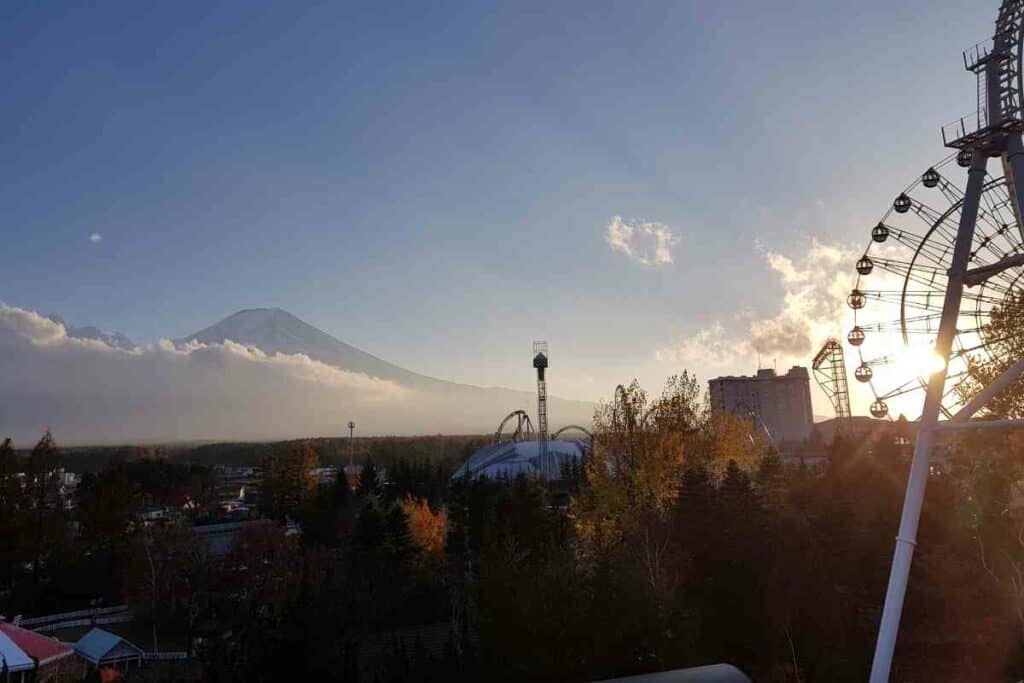
Japanese theme parks go out of their way to ensure the safety and enjoyment of their visitors.
Theme park rules are often coordinated by trade organizations like the East Japan and West Japan Theme Park Associations, who issue guidance that the major theme parks can follow.
Here are some of the rules that you’ll encounter at any Japanese theme park.
Admission requirements for Japanese theme parks
Getting into a Japanese theme park can be challenging, especially if you’re from overseas. Gone are the days when you could just turn up with cash and queue to pay your entrance fee.
If you’re heading to Tokyo Disneyland, you’ll need to book your tickets up to two months in advance of your visit, unless you’re staying in a Tokyo Disney Resort hotel.
Area Times Entry tickets for parts of Universal Studios Japan, like SUPER NINTENDO WORLD™, can only be booked via the app.
Many Japanese theme parks currently limit entry to advanced reservations and even domestic visitors, verified by including a Japanese address and telephone number. Ghibli Park is a notable example.
When you arrive at your reservation time, some parks may require you to undergo health screening with a temperature check, though in 2023, this is falling out of use. Don’t visit a theme park if you’re feeling unwell.
Banned items
Every Japanese theme park will have a list of prohibited items that you won’t be allowed to bring inside the park.
Some of these items carry a heavy fine and eviction from the park. Many theme parks search your bags before entry to ensure that you comply.
If you intend to tote any of these items, expect to be approached by park staff:
- Alcohol
- Illegal drugs
- Fireworks
- Selfie sticks
- Drones
- Luggage
- Helmets
- Blades
- Real or replica weapons
- Pets
- Flags
- Whistles
- Roller Skates
You may also like 📖
Dress code for visiting a Japanese theme park
You’d think that in the land that gave the world cosplay, a theme park would have an extremely liberal attitude to dress codes.
However, though costumes are often allowed, most Japanese theme parks are quite conservative, requiring visitors to dress appropriately for the weather and activities they will be participating in.
No-go areas include:
- Excessive skin exposures
- Large or offensive tattoos
- Headgear, masks, and prosthetics
- Costumes that may scare or offend other park visitors
Can you smoke in a Japanese theme park?
Most Japanese theme parks limit smoking to clearly designated smoking areas. If you light up outside of these areas, you could be asked to leave.
Smokers should make themselves aware of these areas when they enter the park and ensure that they dispose of their cigarette butts properly.
Safety Rules of Japanese theme parks
Safety is a priority for any theme park, so you can expect Japanese theme parks to have high standards.
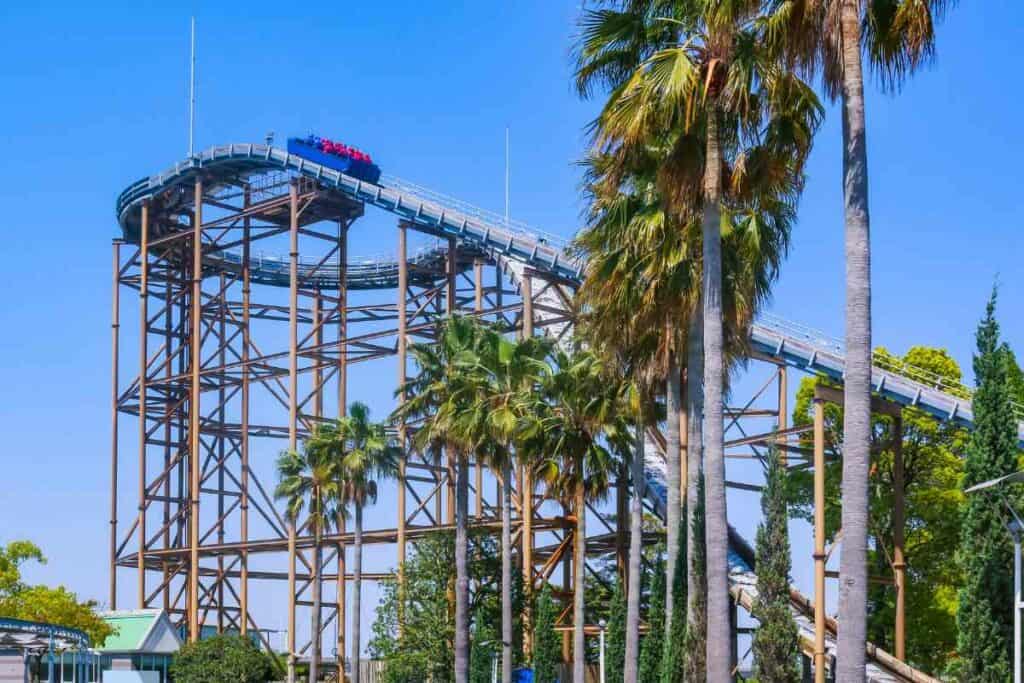
On your way into the theme park, there may be infomercials explaining the various safety rules that you need to be aware of.
Here are some of them.
Height and Age Restrictions
Every ride at Japanese theme parks will carry some sort of age or height restriction.
Though most restrictions involve a minimum age or height, some rides may also have a maximum height limit. They are in place to ensure that visitors can safely ride the attractions.
It’s also important to note that theme parks increasingly include weight restrictions on certain rides. An example is the Kyary Pamyu XR at Universal Studios Japan.
Restrictions are often specified at the ride entrance before you join the queue. Thankfully, many theme parks have numerous unrestricted rides that all the family can enjoy together.
Ride Safety Guidelines
You must follow the theme park’s ride safety guidelines to prevent accidents and injuries.
Follow all instructions from the ride operators and if you have any questions ask before boarding. Messing about puts your life and the lives of others at risk.
Here are some routine ride safety guidelines that you must observe in Japanese theme parks:
- Keep your hand and feet inside the ride at all times
- Ensure that your seatbelt or harness is fitted properly
- Keep the lap bar or safety bar down during the ride
- Do not stand or lean out of a ride
- Do not throw objects or attempt to eat and drink during a ride
Emergency Procedures
Every theme park will have emergency procedures they display and communicate in Japanese and English.
In case of an emergency, park visitors are expected to follow the theme park’s emergency procedures.
Emergency steps include:
- Evacuating the rides safely and quickly
- Following all directions from a ride operator or theme park staff
- Moving quickly to a designated safe area
- Seeking medical attention if needed at the nearest first aid station
- Alerting ride operators or park staff of any incidents they see
Etiquette in Japanese theme parks
Japan is world-famous for its unique and detailed etiquette in a range of settings.
Many of the unspoken rules and manners that run Japanese society still apply within the less inhibited confines of a theme park.
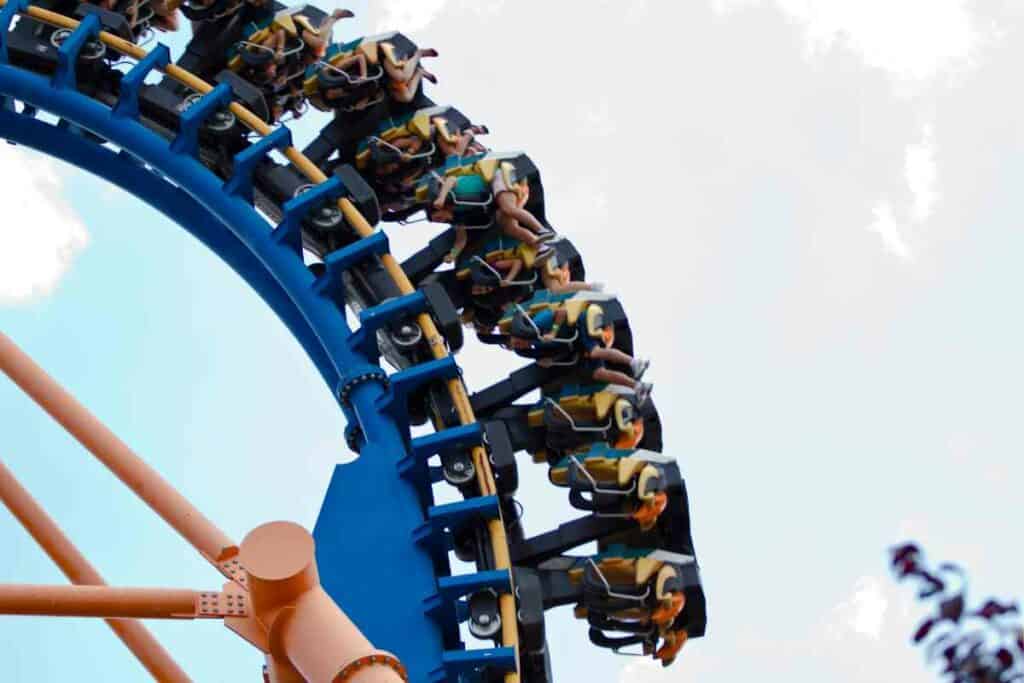
Being mindful of your conduct in the theme park and the impact of your behavior goes a long way.
Here are some behaviors you should avoid while visiting a theme park in Japan:
- Assembling in a large group takes up space in the main areas of the park.
- Photography and filming may affect other visitors’ privacy and enjoyment.
- Violent or disruptive behavior.
- Eating and drinking in public areas, inside attractions, or in queues (eat food in restaurants or designated picnic areas).
- Joining your party after they have been waiting in a queue.
- Leaving items unattended
- Posting images on social media of pictures or videos of areas undergoing renovation or construction in a theme park
Rounding up
Japan boasts some of the world’s most popular theme parks. It’s great that these theme parks go to so much effort to ensure everyone has a good time.
By complying with Japanese theme park rules and etiquette you can ensure that you and your fellow visitors have a great time in the best Japanese theme parks.
- Best Golden Week Destinations In Japan (Top 10 Locations)
- A Traveler’s Guide to Honshu (Japan’s largest Island)
- Best Hanami Destinations In Japan (Top 10 Locations)
- Eki Stamp Book (Gotta Collect Them All!)
- Best Snow Monkey Destinations In Japan (My Top 6 Picks)
- Best Marinas in Japan (10 Finest Waterfront Marinas)

